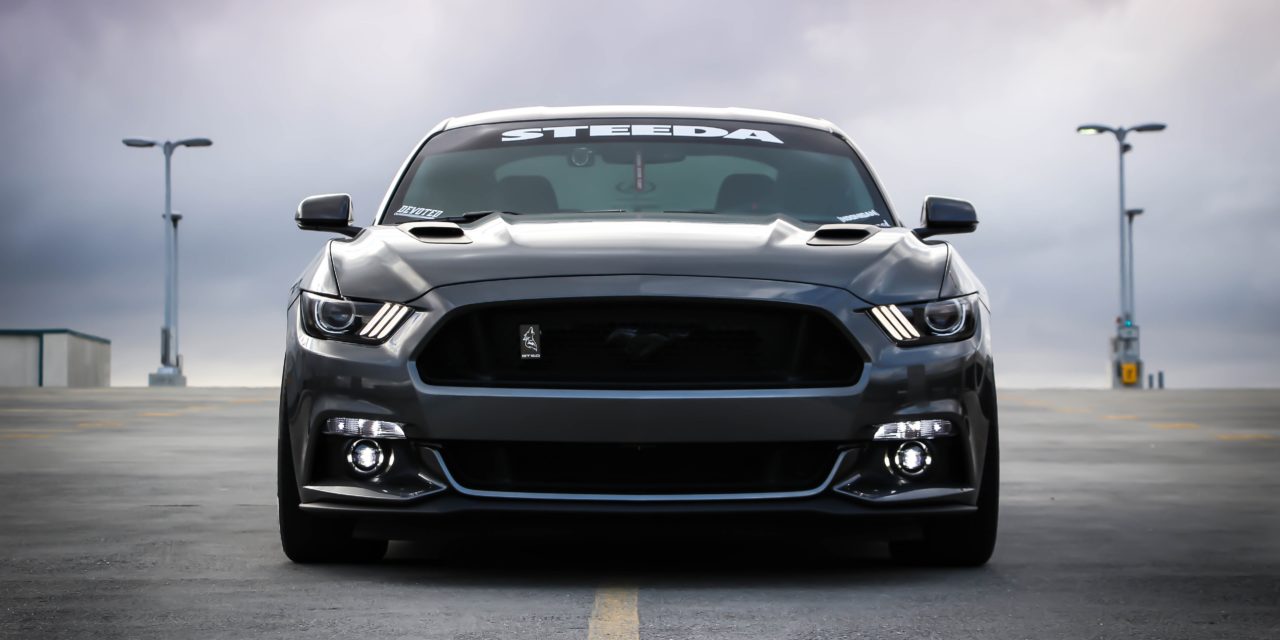[ad_1]
The Mercedes Benz 230SL and its successors 250SL and 280SL (1963 – 1971)
As a first in the history of Mercedes Benz the car was shown to the press two weeks before it was officially introduced on March 14th 1963 at the Geneva Automobile Show. This way it was ensured that their reports were out at or before the official launch date of the car. This Benz was eagerly awaited and nobody knew, whether it would follow the mighty 300SL or the popular 190SL. It did not follow either of them. When Prof. Fritz Nallinger, chief engineer and member of the executive board, unveiled the new Mercedes Benz 230SL, internally called W 113, it created some sort of a shock. As Erich Waxenberger, talented engineer under Rudolf Uhlenhaut once remarked, the car appeared as if a tree had fallen on top of it. The roof was, well…unusual. But not only the roof created some stir, it was also the car's performance. Everybody had expected a successor to the legendary 300SL.
Daimler-Benz of course was firm in its approach to the new SL's role. It was neither a 300SL nor a 190SL. It was a high-performance touring sports car with superior handling characteristics that could transport two passengers plus their luggage in style, comfort and most of all safety. It was a Mercedes Benz very much on its own. In order to prove the sports-aspect, Rudolf Uhlenhaut, always available for a quick blast around a race course, pushed the 230SL around a 1.5 km round circuit near Montreux in the presence of the press. It was most impressive that the British Grand Prix driver Mike Parkes was not able to drive much faster. His car wasn't the SL though, his car was a Ferrari 250GT Berlinetta!
Although many of the car's technical features weren't new at all, it was the combination and their improvements that made this Benz special. The running gear had recirculating ball steering and a dual-circuit brake system. Girling disc brakes were fitted to the front axle, while vacuum assisted Alfin drums were fitted to the rear. For the first time in the history of Mercedes Benz such a car could be ordered with power steering and most shocking for most European journalists: automatic transmission. A sports car and automatic transmission? Absolutely impossible! It wasn't only the press who thought that way, it was the same with most of the European public. No wonder, very few such cars were sold in Europe. The Americans were already a step ahead, for them the combination sports car and automatic transmission made a lot of sense. And as Daimler-Benz thought of selling some 80 percent of the car abroad, this extra was certainly beneficial. The Benz came standard with a four-speed manual with 3.75:1 gear ratio. It was similar to the one used in the 220SE but with a shorter first gear ratio of 4.42:1 instead of 3.64:1. It should ensure faster acceleration, but wasn't universally appreciated, so in 1965 the manual transmission of the new 250S/SE was adopted.
In 1967, two years after the launch of the 250 sedan series, the 230SL was replaced by the 250SL. Its bigger engine reduced the somewhat lackluster performance at low revolutions. Unfortunately it suffered from reliability problems at high speeds, not something a sports car driver was too amused to hear. Although this issue was quickly dealt with, the car was also famous for its relatively high fuel consumption. After only one year, it was replaced by the bigger and smother 2.8 l engine. It offered 170 hp at 5,750 rpm compared to the previous 150 hp at 5,500 rpm, it also had slightly more torque and an improved fuel economy.
While the 250SL Benz cost at 22,800.- DM ($5,700.-) almost the same as the 230SL, the 280SL was 1,500.- DM ($375.-) more expensive. In the US the 280SL cost around $7,500.-, depending on the extras. Customers didn't mind though, they loved the package and came running. In its five years the Mercedes Benz 280SL managed to sell 23,885 units, more than half of them went to North America. The 230SL sold over the same period 19,813 units.
[ad_2]
Source by Bernd S Koehling

